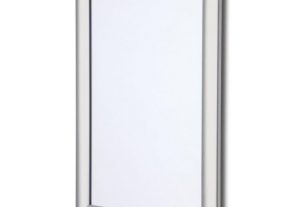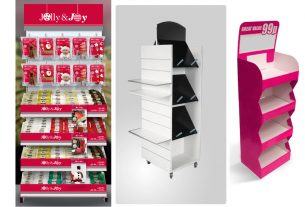There are several plastic production processes to choose from, and there are broad ranges regarding freedom of shape, setup expenses, charges for each component, finish time, plus the scale of production the technique allows. Common techniques encompass CNC (computer numerical control) machining and vacuum formation, both of which accommodate different design and manufacturing requirements. CNC, for example, has a medium level of flexibility when it comes to the shape, a finish period of under a day, a moderate setup cost, expensive individual parts, and suits large scale manufacturing. Vacuum formation, however, provides a very restricted flexibility of form, only really suitable for producing basic forms, and can have a finish time of up to a month. In addition, since there’s an extensive scale of CNC machines, from basic desktop equipment, to significantly more sophisticated machines, the startup price varies from minimal to high, and the price per component and the finish time are highly variable, and determined by the sophistication of the equipment. You will discover 1,000’s of web sites with important info having to do with ‘acrylic forming’ that is certainly amongst the best sites acrylic plastic fabrication. This great site www.displaydevelopments.co.uk/bespoke-manufacturing/perspex-fabrication-ib-156.html offers quite a bit more information on the main topic of perspex sheet fabrication.
Breakdown Of CNC Machining
CNC machining is a computer controlled subtractive approach, which eliminates material from plastic in an effort to build the desired form. The computer is high-tech, with the capability to convert a model into figures using a computer assisted design software system. The figures are able to control the equipment to cut the desired form. To set up, the pieces of equipment need an intermediate step in the creation and validation of tool paths. Once the machine is provided with the tool paths, the subtractive procedure is started. When the assemblage is finished, the component is cleaned, smoothed, and trimmed.
For lower quantity plastic component part applications that call for tight tolerances and shapes which are tough to mould, machining is suitable. CNC machining also has low to medium initial expenses, and can also generate high quality plastic pieces with minimal finishing times. Nonetheless, with increased product difficulty, the associated fee per component increases. Additionally, the process necessities tool access considerations, and particular designs, for instance those with spherical inner channels, are near-impossible to create with CNC manufacturing.
Vacuum Formation
Vacuum formation is a procedure through which plastic is warmed and moulded, usually using a mould. The enormity and complexity of vacuum-forming machines range between cheap desktop equipment to state-of-the-art manufacturing equipment.
It is usually appropriate for any venture, ranging from made to order designs to large-scale production, considering the large array of equipment offered and that automatisation is an option if required. Having said that, there is minimum freedom in the different kinds of shape it can develop, and is unfortunately exclusively able to create components with basic geometries. In comparison with other techniques, tooling costs are minimal, simply because vacuum formation merely requires minimal forces and pressures. Ordinarily, for modest manufacturing sizes the moulds are made of Three-dimensional printed resin, or even plaster, and then for higher manufacturing sizes stronger equipment made from metal is used.
The production process commences with a sheet of plastic material getting clamped and heated up until the plastic becomes mouldable. The plastic is then placed into the mould and cooled down, and frequently fans as well as other cooling methods are used in an effort to speed up the chilling process. The ultimate stage involves any surplus plastic being removed.



